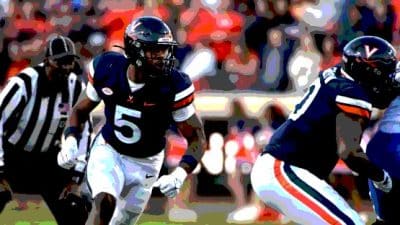
The impulse to recreate and re-enact the events of the past has been around with humanity as long as we have told stories around the flickering campfire. And there is no more immediate way to inhabit other people, places and times than by ‘dressing up’: historical re-enactment, live action roleplay and historical martial arts are the most direct way to access the past. We at Medieval Ware have a deep passion for helping people stand in the footsteps of giants. Our project is to help our community to access a tradition of historical re-enactment and roleplay that stretches back hundreds of years by supplying re-enactors and role players with high-quality, affordable equipment. But what do we seek in the past? Why are we so fascinated to stand in the shoes of those who went before? We think it is a heady mixture of a search for moral truth, the desire for grounding, and the deep need to tell stories – and that has informed our mission in founding a reproduction medieval store.
The roots of re-enactment
The Victorian era birthed modern historical re-enactment. The late 18th-century saw a rediscovery and fascination with the medieval era, partly out of a genuine desire to explore and chart the past, but also very much from a search for moral truth. The Eglinton Tournament of 1839 is an early watershed in historical re-enactment, where 100,000 spectators watched re-enactors dressed in reconstructed plate armor joust against one another at Eglinton Castle, Ayrshire, Scotland. The re-enactors themselves were wealthy gentlemen, and the cost of the ostentatious event was enormous. They supposedly jousted in actual medieval armor, although it seems much more likely that an antique-armor-dealer called Samuel Pratt covertly fabricated a quantity of reproduction armor for the occasion – unwittingly, Pratt stands as one of the earliest in our trade of historical reproduction arms and armor. Jousting and set-piece medieval battle re-enactment remains enormously popular, with the Virginia Renaissance Faire hosting yearly re-enactments by their own roving band, the Staffordshire Militia.
Re-enactment as lifestyle
Whilst some derive their fascination with reproduction medieval arms and armor from a search for moral truth, many have a more down-to-earth approach. In the 20th-century, fascination with the Romantic, chivalric values began to shift into an interest in the everyday lives of those who lived in the past. Re-enactment of the ‘grand battles’ and ‘great men of history’ began to be augmented by ‘living history’ groups, who sought understanding of Medieval life through immersing themselves in the food, clothing, housing and crafts of the Medieval period. Where the re-enactment of warfare was a primarily male-dominated world, ‘living history’ gave voice to a more plural understanding of Medieval life. This form of re-enactment can be thought of a sort of experimental archaeology: where ideas are tested against their practicality in the real world. ‘Living history’ remains enormously valuable for understanding reproduction arms and armor: creating, living with, and using medieval objects brings us far closer to an authentic historical understanding. We are proud that our historical arms and armor bear the irrevocable hallmarks of medieval designs that have been refined and understood through living.
Forgotten martial arts
Since the 1990s, the discipline of Historical European Martial Arts (HEMA) has provided another fantastic reason to begin one’s own sword collection: getting to actually use them in full-contact combat. HEMA is a martial art that seeks to precisely recreate the forms and styles of combat used in the past, using authentic historical weaponry. Unlike many other martial arts, HEMA (and associated sports like Historical Medieval Battle) does not have an unbroken line of masters and students; rather, practitioners and schools attempt to reconstruct the fighting styles of the past from historical sources: 15th-century fighting manuals, artistic depictions in ancient illuminated manuscripts, and literary descriptions. Many of our historical reproduction weapons are HEMA rated, and can be used safely in a controlled environment – they give an unequalled physicality to the experiences of those in the past.
Dear Mr Fantasy
Fantasy has also merged and melded into the world of reproduction arms and armor. Since the 1960s, high fantasy such as JRR Tolkein’s Lords of the Rings inspired young and old alike to build their own fantasy characters and, inspired by the currents of historical re-enactment, to inhabit those characters in the real world with specially-made arms and armor. In recent years, fed by the popularity of roleplaying games such as Dungeons and Dragons and World of Warcraft, the Live Action Roleplay (LARP) community has become popular and mainstream, with groups appearing all over North America. We are proud to bring together the finest LARP equipment to outfit everything you need to portray a fully-realized character, with genuine steel and leather armor, safe LARP weaponry and immersive historical medieval clothing.
In short, we seek to bring the past to life. The stories that were told then echo down the generations: without getting to grips with them – and retelling them in our modern way – we cannot hope to make sense of the world around us. Re-enactment and roleplay, and the equipment it requires, is more than a door to the past: it is the key to now.
Story by Charles J Lockett, Medieval Journalist










